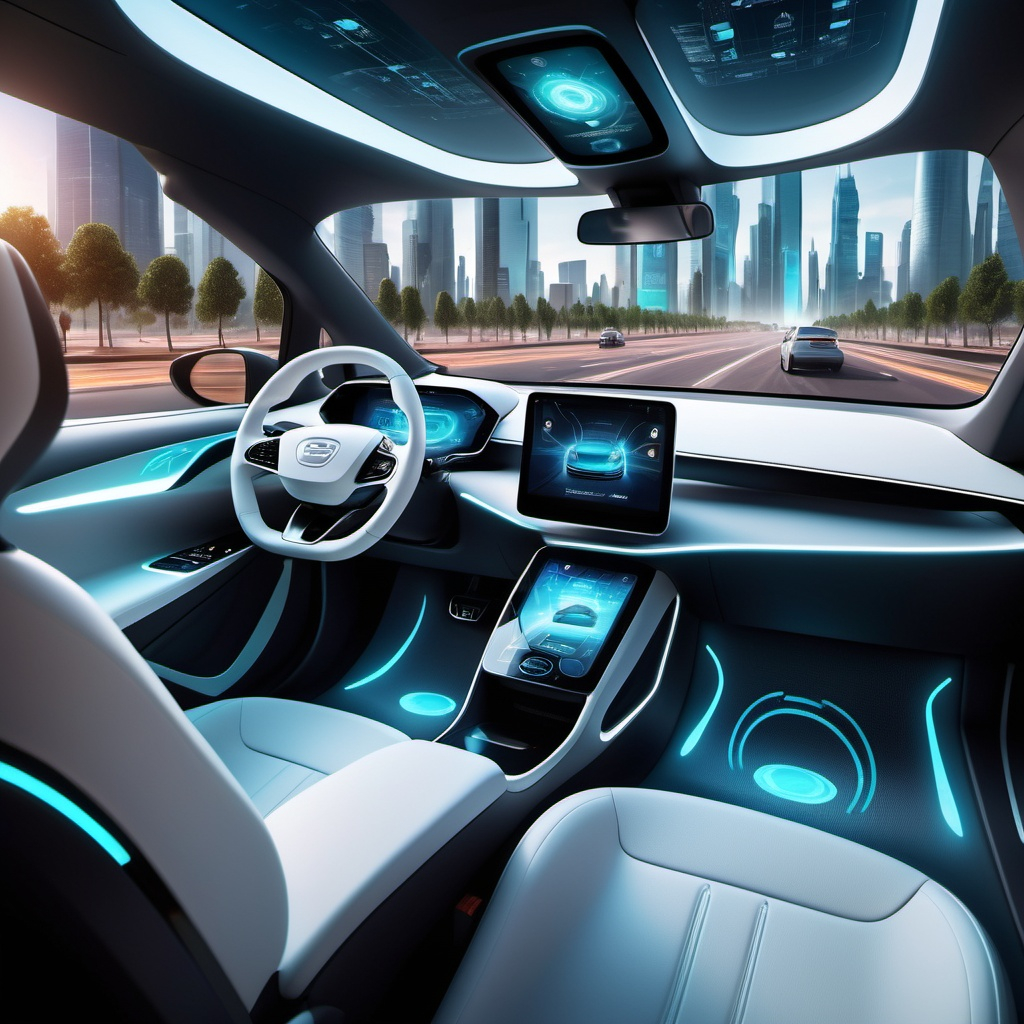The automotive industry is undergoing a remarkable transformation, driven by continuous innovations that promise to redefine the future of mobility. From electric vehicles (EVs) to self-driving technology, auto technology innovations are shaping the way we drive, interact with our vehicles, and envision transportation. In this digital age, advancements in automotive technology not only enhance convenience and safety but also contribute significantly to sustainability efforts. As electric powertrains and autonomous systems gain traction, the automotive landscape is becoming a key player in addressing global challenges such as climate change, congestion, and road safety.
Electric Vehicles: The Power of Sustainability
Electric vehicles (EVs) have become one of the most significant innovations in the auto industry. As concerns about climate change and the environmental impact of traditional internal combustion engine vehicles grow, automakers are increasingly turning to electric powertrains as a solution. EVs produce zero emissions, reducing the carbon footprint of transportation and contributing to cleaner air in urban environments.
In addition to their environmental benefits, EVs are also becoming more accessible and affordable for consumers. The development of more efficient and affordable batteries, such as solid-state batteries, is a driving force behind this revolution. Automakers like Tesla, Rivian, and traditional giants like Ford and GM are making strides in expanding their electric vehicle offerings, with many planning to phase out gas-powered cars entirely in the coming decades. This shift is not only reshaping the way we power our vehicles but also influencing infrastructure development, such as the widespread installation of charging stations.
Moreover, electric vehicles are becoming increasingly integrated with smart technologies. EVs are now equipped with AI-driven systems that optimize battery performance, enhance driving efficiency, and offer real-time diagnostics. These systems can communicate with other smart devices and vehicles, helping drivers navigate roads more effectively and ensure that their vehicles are always in peak operating condition.
Autonomous Driving: The Road to Self-Driving Cars
Autonomous driving is one of the most exciting innovations in the automotive industry, with the potential to revolutionize how we think about transportation. Self-driving cars, or autonomous vehicles (AVs), use a combination of sensors, cameras, radar, and artificial intelligence (AI) to navigate roads without human intervention. The potential benefits of AVs are numerous: improved road safety, reduced traffic congestion, and more efficient transportation networks.
Currently, companies like Waymo, Tesla, and Cruise are at the forefront of developing autonomous driving technology. These vehicles use complex algorithms to process data from various sensors and make decisions in real time, such as braking, accelerating, and steering. While fully autonomous vehicles are still being tested and refined, many newer cars already feature semi-autonomous capabilities such as lane-keeping assistance, adaptive cruise control, and automated parking.
The integration of AI and machine learning into autonomous vehicles allows for constant learning and adaptation to different driving environments. As more data is collected, these systems become smarter and more accurate in predicting potential hazards, making roads safer for all. Additionally, autonomous technology holds the potential to transform industries like logistics and public transportation, creating safer and more efficient systems that operate around the clock.
Smart Features and Connectivity: The Integration of IoT in Auto Tech
The rise of the Internet of Things (IoT) has played a significant role in the development of smart features and connectivity in modern vehicles. Today’s cars are increasingly connected to the digital ecosystem, allowing them to communicate with other vehicles, infrastructure, and even the cloud. These IoT-driven features enhance convenience, safety, and performance, making cars smarter and more efficient than ever before.
For example, advanced driver assistance systems (ADAS) are now standard in many vehicles, offering features such as automatic emergency braking, collision detection, and pedestrian alerts. These systems leverage data from the car’s sensors and cameras to prevent accidents and improve safety for drivers, passengers, and pedestrians.
Another key innovation is the integration of augmented reality (AR) in vehicles. AR systems can display real-time information about road conditions, traffic signs, and points of interest on the windshield, allowing drivers to stay focused on the road while receiving essential data. In addition, infotainment systems powered by AI offer personalized experiences for drivers and passengers, such as voice-activated navigation, music recommendations, and climate control.
Connected vehicles can also improve the maintenance experience by providing real-time diagnostics and alerts. Through vehicle-to-cloud communication, car owners can monitor the health of their vehicles and receive notifications about required maintenance or potential issues. This integration of IoT in auto technology ensures that vehicles are always performing at their best, enhancing the overall driving experience.


